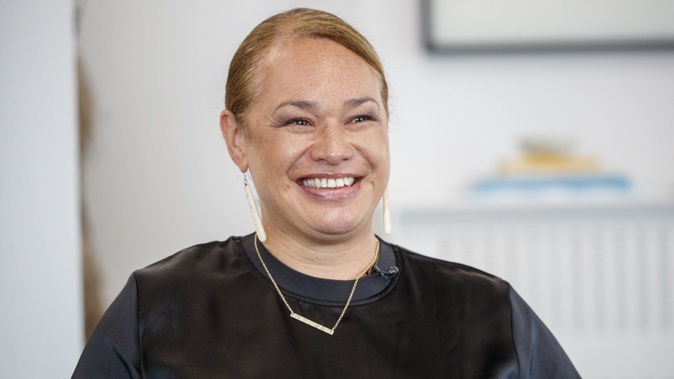PHOTO: Pain and Gain report
MEDIA RELEASE
This edition of the Pain and Gain report analyses approximately 52,000 re-sale events over the June 2020 quarter.
The volume of sales analysed hints at the impact that COVID-19 restrictions have had on transaction activity in the residential property market. Observations are down -28.2% from the previous quarter, when 72,500 re-sales were analysed.
Despite the contraction in transaction activity, and the broader context of significant declines in employment, inflation and GDP over the June quarter, the national portion of loss making sales rose only marginally. The rate of loss making sales rose 50 basis points to 12.8% in the June quarter.
The portion of loss making sales rose in 6 of the 8 capital city markets in the quarter, and the highest portion of loss making sales were once again in Darwin (52.1%) and Perth (36.2%). Interestingly, the portion of loss making sales did not see a quarterly increase in Perth, which is another piece of data pointing to the stabilising, and even potential recovery, of that dwelling market.
The ACT saw the biggest quarterly increase in the rate of loss making sales, rising 1.9 percentage points. This brought the portion of loss making sales to 12.8%. It is a surprising finding, given the ACT dwelling market has been heralded as relatively resilient through the pandemic. However, the result is explained through continued weakness in the unit market. The rate of loss making sales in ACT units reached its highest level since January 2017.
June quarter data reflects trends seen in previous pain and gain reports. Houses had a higher rate of profit making sales nationally (89.6%) than units (79.3%). Investors endured a higher incidence of loss making sales (18.0%) than owner occupiers (11.1%). Higher hold periods generally yielded a greater profit, though owners who sold at a profit in mining regions had a particularly extended hold period.
Unlike recent reports, the June quarter data shows a wider divergence between the rate of loss making sales in the capital cities and regional Australia. This reflects a broader trend of capital cities under-performing relative to regional Australia amid the pandemic. Select mining regions saw a significant drop in the portion of loss making sales, which may be buoyed by confidence and increased investment in the mining sector.
It is likely that the marginal increase in the rate of loss making sales nationally has been insulated by a range of institutional responses to the pandemic. Mortgage repayment deferrals have reduced the incidence of distressed sales, and kept stock level low, which may have supported dwelling prices. Low mortgage rates and sustained bank liquidity have also helped limit further price reductions, which would otherwise see a more dramatic increase in the rate of loss making sales.
Additionally, the nature of housing as an asset means that while the trajectory in loss making sales has changed over time, these changes tend to happen slowly. Between March and August, national property values only declined about 2%, and a strong upswing in national property values between mid-2019 and early 2020 – prior to COVID-19 – will have insulated many home owners from making a loss. Dwelling values are higher over the year across every capital city market except Perth and Darwin.
Key Findings
- The June quarter showed a severe negative economic shock across GDP, inflation and employment figures, so the pain and gain results for this period are of particular interest.
- However, the portion of loss making sales nationally rose only a little in the June quarter, increasing 50 basis points to 12.8%. The number of sales dropped more significantly than profitability.
- Nationally, gross profits for the June quarter totalled $13.9 billion, down substantially from the $19.8 billion observed in the previous quarter. The total loss incurred was also less in the June quarter, down from $908.6 million, to $660 million.
- This was expected, as mortgage repayment deferrals have reduced the incidence of distressed sales, and kept stock level low, which may have supported dwelling prices.
- Nationally, houses had a higher rate of profit making sales nationally (89.6%) than units (79.3%).
- Investors endured a higher incidence of loss making sales (18.0%) than owner occupiers (11.1%).
READ MORE VIA CORELOGIC
MOST POPULAR












